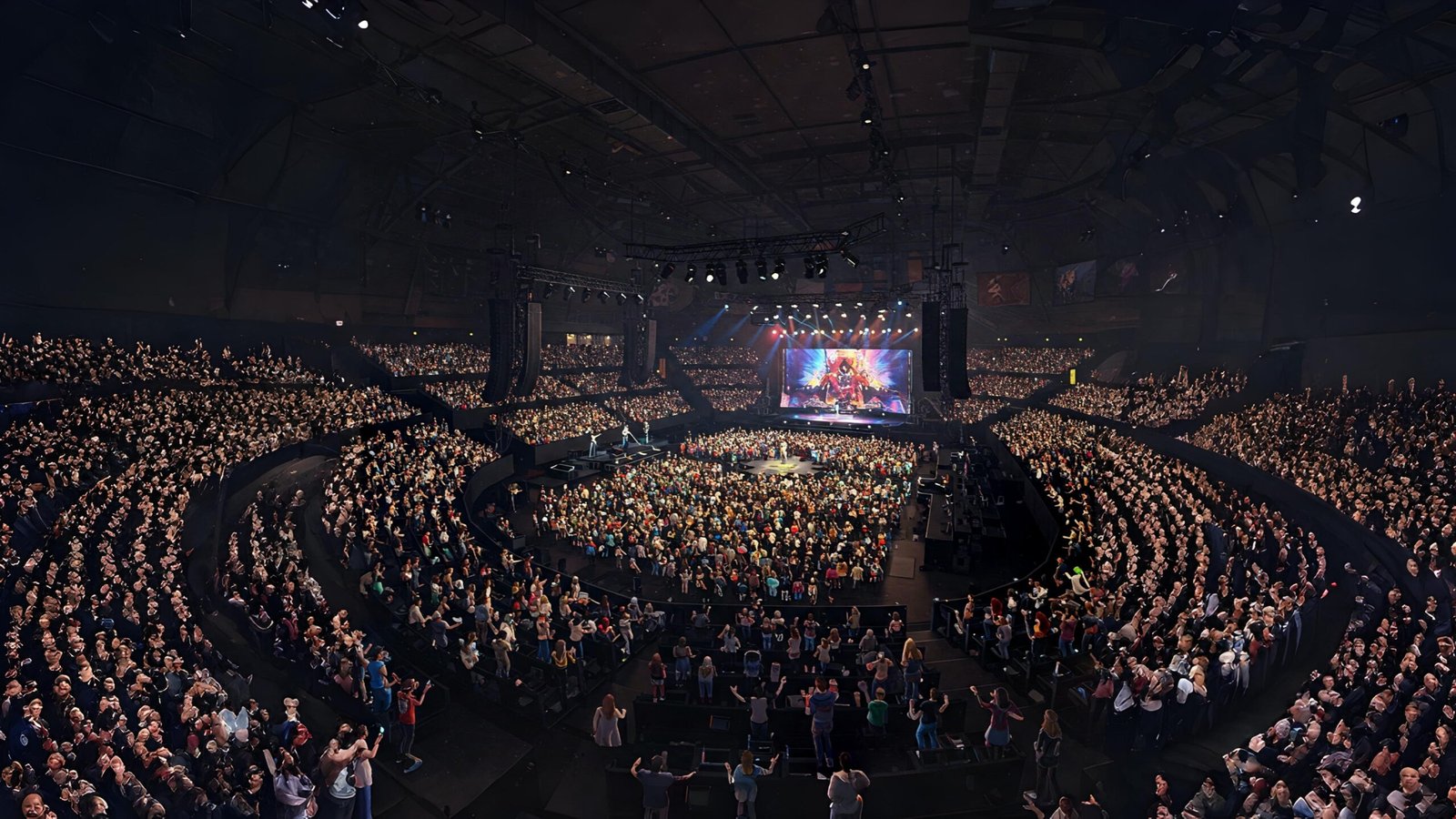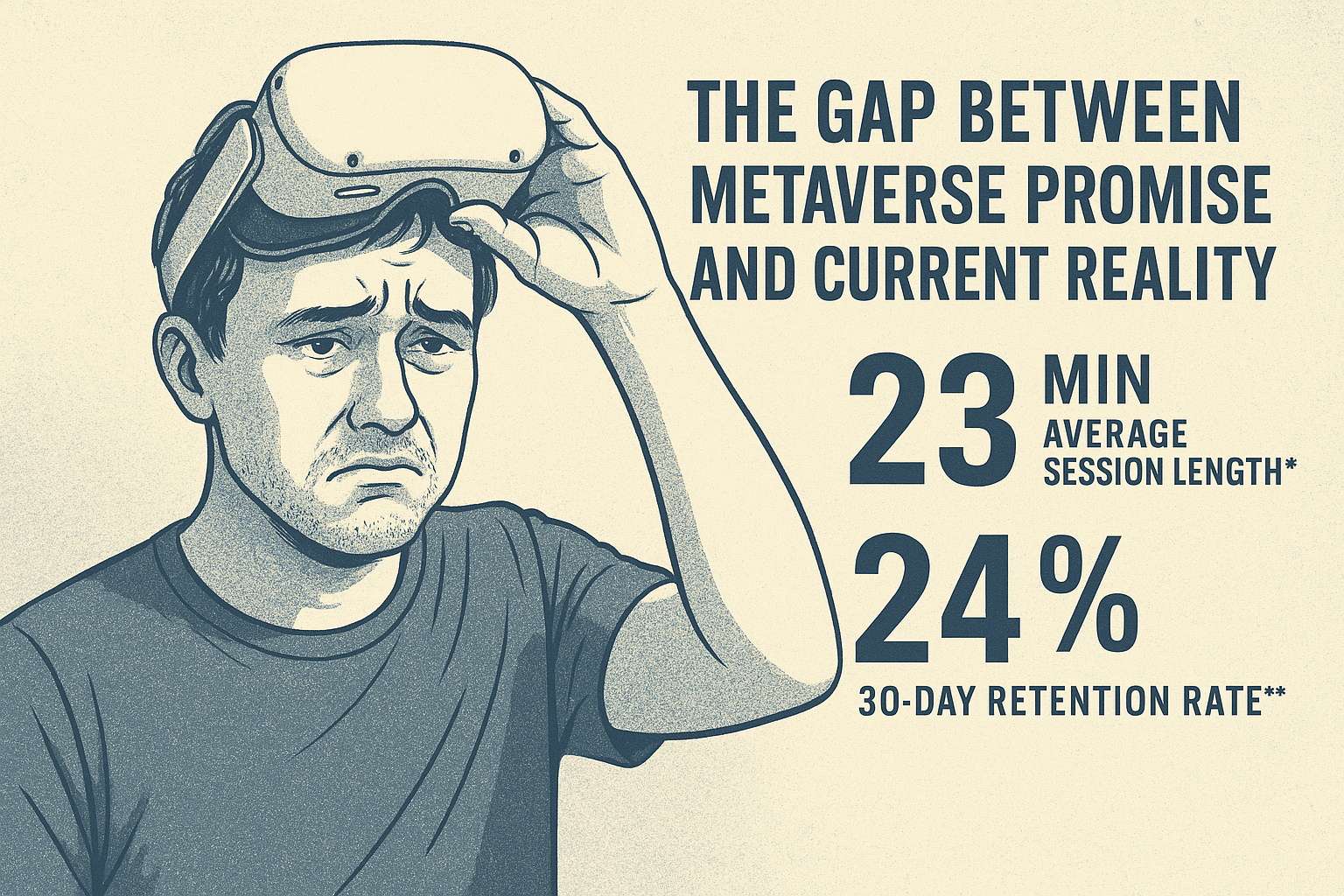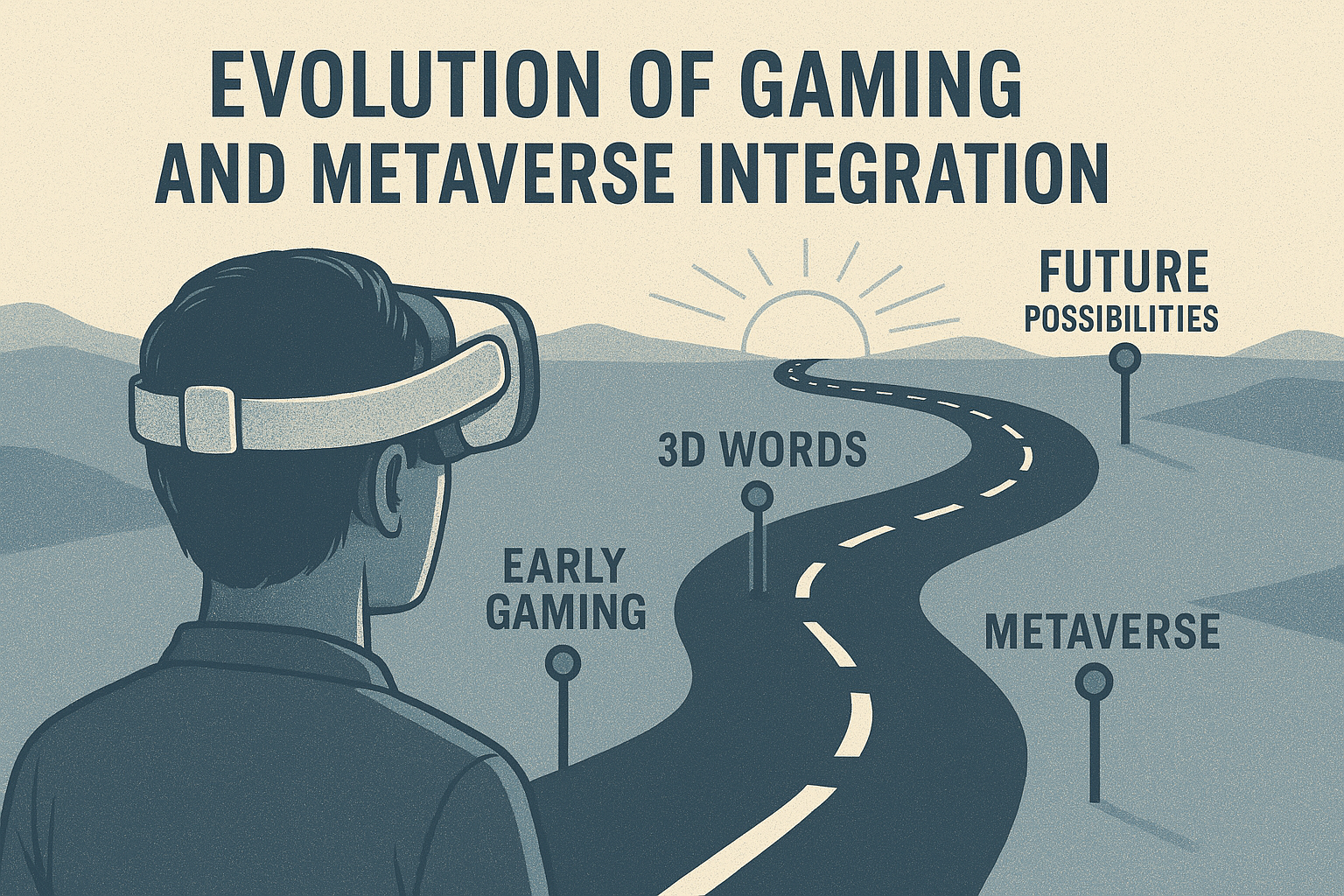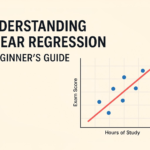Physical Address
304 North Cardinal St.
Dorchester Center, MA 02124
The metaverse—a term that has dominated tech conversations for years—represents an evolving digital landscape where users can interact within shared virtual spaces. As we navigate through 2025, the anticipated intersection between this ambitious digital frontier and the gaming industry stands poised to potentially redefine what we understand as digital entertainment.
Gaming has always been at the forefront of virtual world creation, making it the natural testing ground for metaverse concepts. However, we find ourselves at a fascinating crossroads: while the grand vision of a unified metaverse remains uncertain, specific gaming applications are demonstrating remarkable potential for growth and user engagement.
Table of Contents
ToggleThe metaverse concept has weathered considerable hype cycles since it captured widespread attention in the early 2020s. As we assess its development in 2025, several key observations emerge:
Meta’s Chief Technology Officer has indicated that 2025 represents a crucial validation year for the broader metaverse initiative. This acknowledgment reveals an important truth: the metaverse remains in an experimental phase, with companies carefully assessing user adoption and engagement metrics before committing to more extensive development.
The initial vision of a fully interconnected virtual reality where people would spend significant portions of their lives has evolved into a more nuanced understanding of where digital immersion provides genuine value. Gaming experiences have emerged as the clear frontrunner in demonstrating this value.
While the broader concept of the metaverse continues to find its footing, gaming applications have shown consistent growth and engagement. This success stems from gaming’s inherent compatibility with virtual environments and the industry’s decades of experience creating compelling digital worlds.
The gaming sector has pragmatically implemented metaverse elements where they enhance player experience rather than forcing integration for technology’s sake. This measured approach has yielded several promising developments that point toward a more focused future for metaverse gaming.

One of the most successful strategies for metaverse integration has been leveraging established gaming franchises to create expanded metaverse experiences.
Games with dedicated fan bases and well-developed virtual environments provide an ideal foundation for metaverse experiences. Players already invested in these worlds demonstrate greater willingness to engage with enhanced immersive features when they build upon familiar gameplay and lore.
Franchises like Fortnite have successfully transformed from battle royale games into social platforms hosting concerts, movie premieres, and cross-brand collaborations. This evolution exemplifies how established games can gradually integrate metaverse elements without alienating their core audience.
The Minecraft Movie preview events of 2025 perfectly illustrate this potential. By creating special in-game theater environments where players could gather to watch exclusive content, the Minecraft team successfully:
This approach contrasts sharply with attempts to build metaverse platforms from scratch, which continue to struggle with user acquisition and retention in 2025.
If there’s one technology that has dramatically accelerated metaverse gaming in 2025, it’s artificial intelligence. AI implementations have addressed many previous limitations in creating truly immersive and responsive virtual worlds.
Traditional gaming has always been constrained by programmed non-player characters with limited dialogue options and predictable behavior patterns. In 2025’s leading metaverse gaming experiences, AI-powered NPCs demonstrate:
These advanced NPCs create a sense of persistent world that feels alive even when other human players aren’t present—a crucial element for sustained metaverse engagement.
AI has also revolutionized environmental design in metaverse gaming experiences:
This level of customization and reactivity creates deeply personalized experiences that keep players invested in metaverse gaming worlds.
Perhaps most exciting are the entirely new gameplay mechanics AI has enabled within metaverse environments:
These innovations have created gaming experiences that simply weren’t possible before the integration of advanced AI systems.

The social dimension of gaming has emerged as one of the most compelling aspects of metaverse integration in 2025.
Modern metaverse gaming experiences have transcended traditional multiplayer frameworks to create truly social virtual environments:
These features transform gaming from purely competitive or cooperative gameplay into genuine social spaces where relationships can develop.
In 2025, in-game events have evolved into sophisticated social gatherings that rival their physical counterparts:
These events often attract participants who wouldn’t consider themselves “gamers” in the traditional sense, expanding the metaverse gaming audience.

As metaverse gaming environments become more sophisticated, complex economies have developed around digital ownership.
While early NFT implementations faced criticism for environmental impact and questionable utility, 2025’s gaming metaverse has developed more mature applications:
The upcoming Metaverse Fashion Week in Decentraland exemplifies this evolution, with digital fashion items usable across multiple metaverse platforms.
The line between virtual and real-world economies has blurred significantly in 2025’s gaming metaverse:
These economic systems add tangible stakes to virtual participation, increasing engagement and investment from players.
Despite promising developments in specific areas, several significant challenges continue to limit the broader adoption of metaverse gaming in 2025.
The ambitious vision of seamless metaverse gaming still faces technical hurdles:
These technical constraints continue to segment the potential audience for metaverse gaming experiences.
Beyond technical limitations, broader accessibility issues remain problematic:
The metaverse gaming community continues to grapple with these challenges, which prevent truly mainstream adoption.
Perhaps the most fundamental challenge is creating experiences with lasting appeal:
The most successful metaverse gaming experiences in 2025 directly address these engagement challenges.

As we assess the metaverse and gaming in 2025, a nuanced picture emerges. While the grand vision of a unified, all-encompassing metaverse for gaming remains distant, specific applications have demonstrated significant promise.
The most compelling metaverse gaming experiences in 2025 share several key characteristics:
These successful implementations suggest that the future of metaverse gaming lies not in revolutionary upheaval but in evolutionary enhancement of experiences that already resonate with players.
As we look toward the future of metaverse gaming beyond 2025, several trends appear likely:
The relationship between gaming and the metaverse continues to evolve, with each industry influencing and transforming the other in unexpected ways.
What remains clear is that gaming represents the most promising testing ground for metaverse concepts. By focusing on enhancing player experiences rather than pursuing technological implementation for its own sake, the gaming industry continues to chart the most viable path forward for metaverse development.

Have you experienced metaverse elements in your favorite games? Which implementations do you find most compelling, and which feel forced or unnecessary? Are you excited about the potential of AI-enhanced NPCs and environments, or do you prefer traditional gaming experiences?

Subscribe to our weekly newsletter below and never miss the latest product or an exclusive offer.





